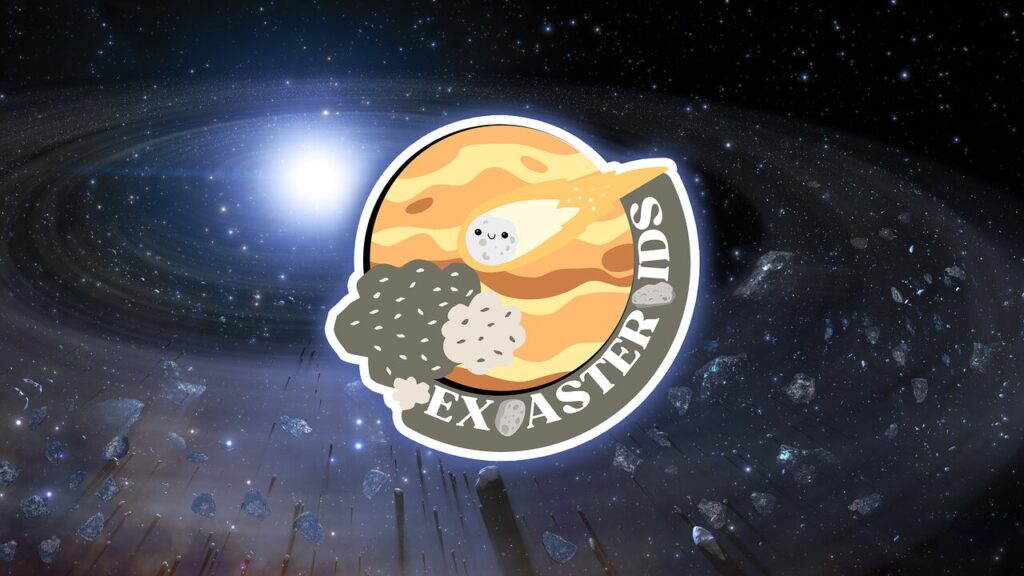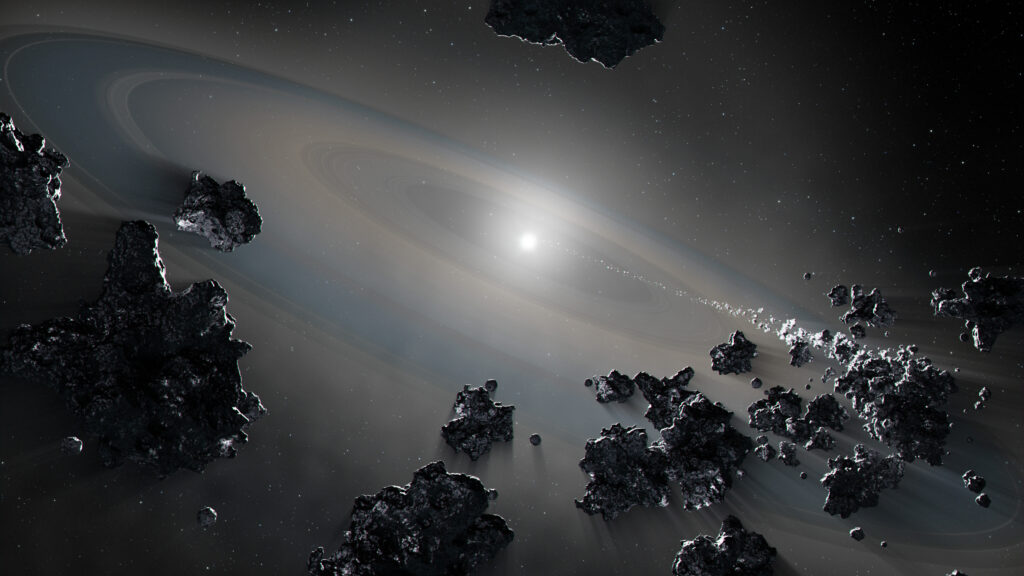Scientific research center NOIRLab launched the project Exoasteroids. Within its framework, volunteers will help astronomers to find white dwarfs surrounded by the remnants of destroyed planetary systems.

When the Sun exhausts its hydrogen fuel reserves, it will begin to expand, becoming a red giant. In the process, our star will destroy Mercury, Venus, and quite possibly the Earth. Next, the dying Sun will shed its upper atmosphere, and a cooling core will remain, surrounded by debris and surviving planets.
Similar processes have occurred and will continue to occur in other stellar systems. Astronomers know a number of white dwarfs surrounded by dust disks with asteroids. They are excellent natural laboratories for studying the final stage of planetary systems, providing unique information on the formation and death of planets.
To help scientists find examples of asteroids orbiting white dwarfs in the Milky Way, the NOIRLab center has launched the Exoasteroids project. Its purpose is to identify white dwarfs with brightness that has changed over the past decade. Such oscillations may indicate that the white dwarf is surrounded by the remnants of a planetary system and is still actively destroying exoasteroids. This leads to flares detectable in images taken by modern telescopes.

The project’s website contains thousands of videos of white dwarfs taken by the WISE space telescope. Volunteers will review these videos to distinguish real instances of white dwarf brightness changes from interference such as overlapping sources or detector noise.
According to the authors of the project, humans can do a better job than computer algorithms. The fact is that white dwarfs with true infrared variability are rare. Meaning that automatic searches are likely to return many significantly more incorrect identifications than correct ones.
The Exoasteroids project is implemented on the citizen science platform Zooniverse. To take part in it, you need to click on the following link.
Earlier we told you about how ESA asked for volunteers to help classify galaxies.


